
The drive for more data in pursuit of sporting excellence marches on. In cycling terms, riders have been accessing power numbers and monitoring heart rates for a long time. So fresh ground has been sought; this week we highlight a "drag force measurement system' that allows riders to train to aero without a wind tunnel and a body temperature sensor that's all the rage in the WorldTour.
On the topic of aerodynamic optimizations, we have been doing our very own field testing too, taking to the Silverstone Sport Engineering Hub wind tunnel to see just how much faster super narrow handlebars really are.
We've also got some more traditional products on show, but both with a twist - wheels that weigh under 1000g a pair and a race fit cycling jersey that's designed for both men and women to wear.
The World's most expensive turbo trainer
So what exactly is the World's most expensive turbo trainer? Well, you must excuse our slight tongue-in-cheek title here - because it's actually a wind tunnel. Located just outside the historic Silverstone Circuit, you'll find the Silverstone Sport Engineering Hub, which is home to a world-leading sports-specific wind tunnel, designed with cyclists in mind.
Why am I calling this the world's most expensive turbo trainer you ask? Well, because it sort of is! The rolling road, designed for cyclists, actually features a power meter, complete with erg mode, and a pretty realistic ride feel, so theoretically, you could carry out structured training sessions on this machine just as you would on a smart trainer - this one just costs over 2 million pounds and happens to have rather good ventilation...

Anyhow, the reason I was there, was to test handlebar widths - more specifically, the growing trend towards super narrow handlebars. We tested a baseline 420mm handlebar, alongside a 320mm and even an extreme 260mm (UCI legal) setup. Currently, the results are still being processed by the engineers running the tests, but we will have a full feature breakdown on this topic in the coming weeks, and spoiler alert, I think we will be seeing a large uptake in super narrow handlebars in the next 12 months - you heard it here first.
While we wait for those results, I felt it to be a good time for me to offer some home truths about wind tunnel testing, because it's not easy! It was my first time in a wind tunnel, and I wasn't quite prepared for just how much mental focus the process takes. Test runs only totaled about 2-5 minutes each, but I had to maintain a perfectly still body position in each test, keeping an eye on elbow, head, and saddle position markers, all the while keeping my cadence and wheel speed identical for each run.
Even though the road was set to a forgiving 150 watts, this was still a tough evening. The process was made easier by Mike Twelves, who was in charge of conducting the tests. We communicated through a radio which meant a second pair of eyes could be cast over my body position at all times, and he could tell me to keep my head up or down to ensure high-quality data was captured.
I did my best to stay as still as possible through our test runs, and in the end, it was all worthwhile, with lots of promising data for us to look through - stay tuned for the full results!
Scope Artech wheel range

Where do we start with the new Artech wheels? The claimed sub-1000g weight for the climbing edition? Or that the deep section aero model that’s said to only weigh about 300g more? Maybe it’s the nature inspired patent pending rim technology that’s the real headliner?
Certainly the Dutch brand has packed a lot of tech and talking points into its latest range of wheels. The line up consists of Road, All-Road, Gravel and Triathlon versions, each with different internal rim widths and with the Gravel rim being hookless. Both the Road and All-Road are then offered in three rim depths: 22mm, 45mm and 65mm. Remarkably, the claimed weight for the 22mm Road wheelset is just 965g.
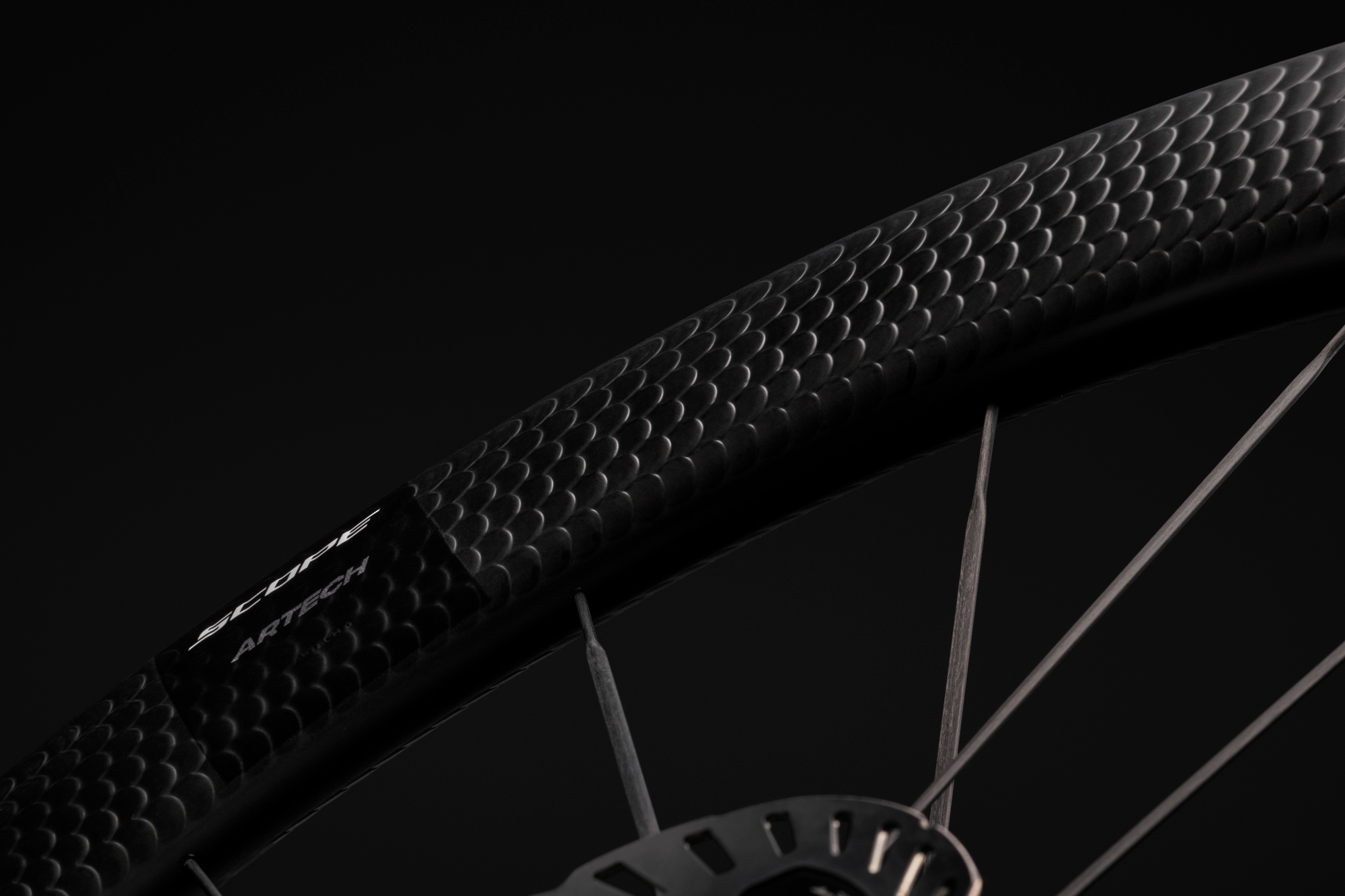
But, as mentioned, perhaps the most interesting element of the wheels is the Aeroscales technology used on the rim surface. Scope’s designers turned to the natural world as it looked to find ways to reduce aerodynamic drag, more specifically fish scales. Its research highlighted how part of a fish’s ability to move so effectively through water is due to the shape and arrangement of its scales. Applied to a wheel rim, Scope says the patterned surface helps to generate velocity streaks, which travel at different speeds over the rim surface; these help to stabilise the airflow, which in turn reduces drag. To test the theory, Scope tested rims without and without the scales and the latter proved to be significantly more aerodynamic.
There’s plenty more going on, too. The hub shells are 3D printed from Scalmolly, an alloy favoured by both Formula One and the aerospace industry. The spokes are both carbon and feature an aero design. The ratchet is made from titanium rather than steel to help lower the weight. Naturally all this tech goodness is reflected in the price of the wheels, with the models retailing at $4,398 / £3,498.
Santini Unisex Ombra Jersey
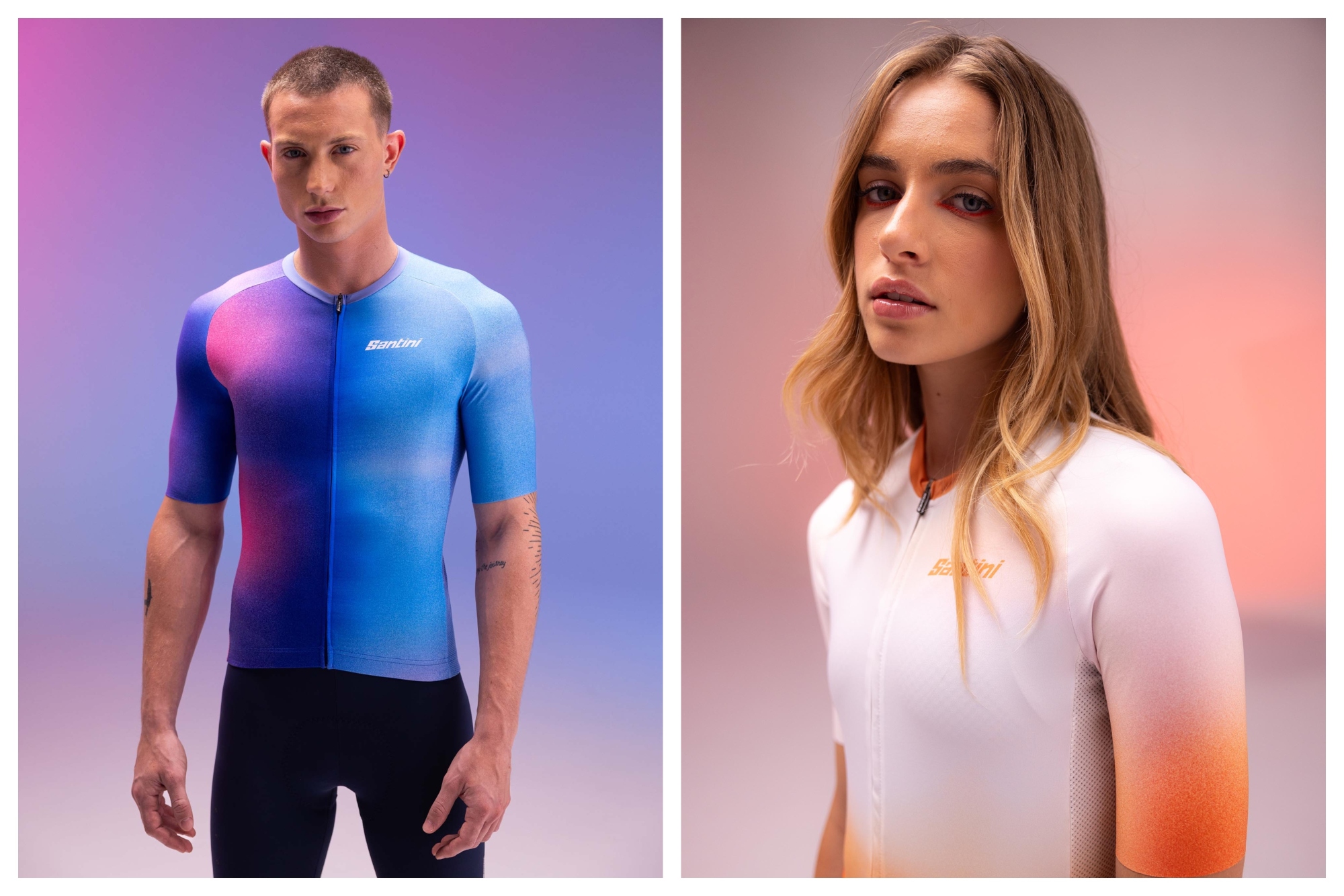
Unisex clothing is nothing new. But can a cycling jersey, specifically one that promises a performance fit, really be designed to accommodate both men and women cyclists “indistinctly” while “ensuring an optimal fit”? Santini believes so.
The unisex Ombra jersey is the most recent result of the Italian brand’s long-standing partnership with Polartec, which specializes in the production of premium performance fabrics. In the case of the Ombra it’s a blend of Polartec Power Stretch that stretches four ways and is said to never lose its original shape and Polartec Delta, used for the side panels, that’s said to be fast-drying and efficient at wicking sweat. On top of this the jersey offers certified UPF30+ UV protection.
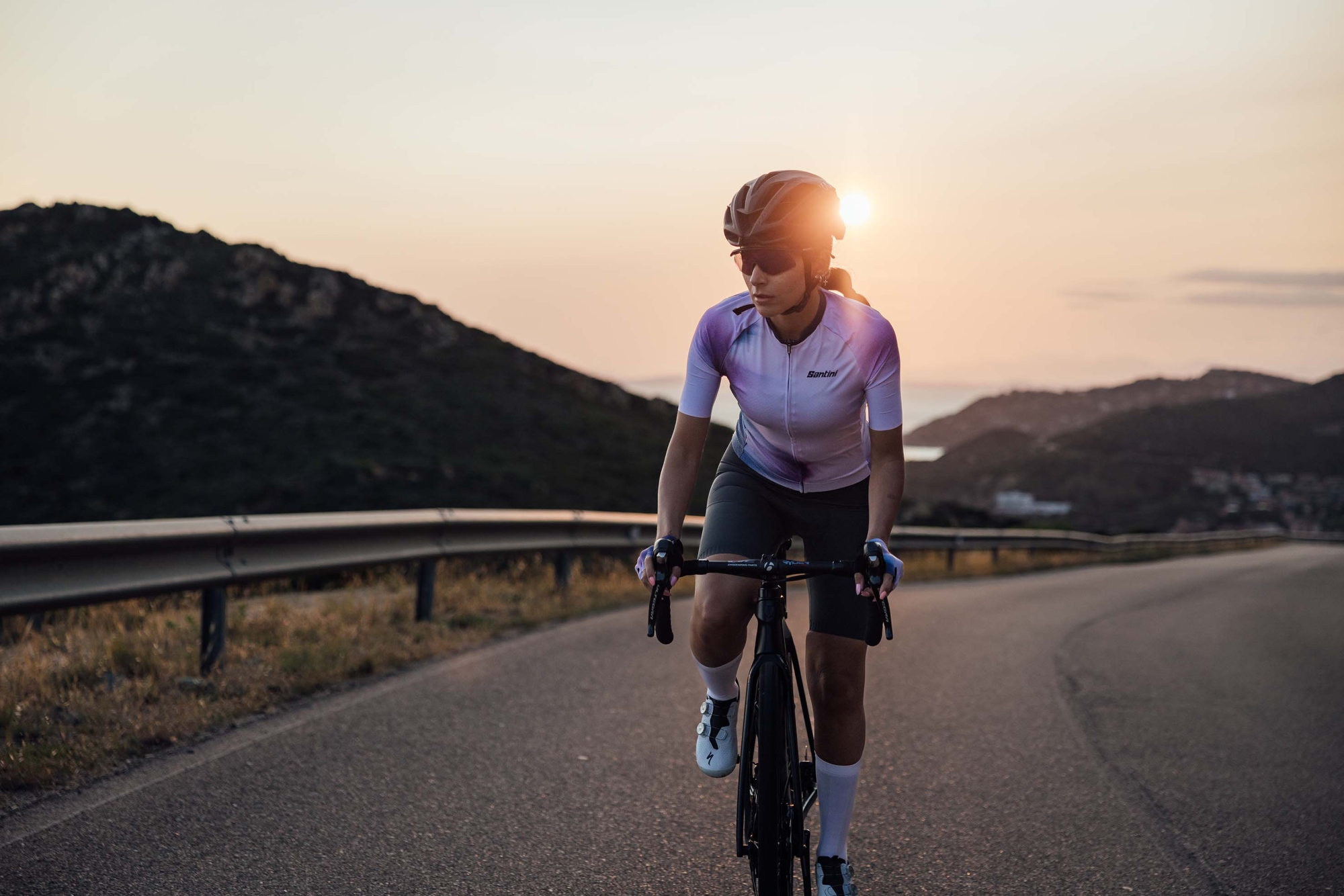
It’s hard not to be at least a little sceptical here. Santini says the Power Stretch fabric “expands the boundaries” of stretch fabrics to “ensure the jersey fits perfectly to the body”. But which body is it really talking about? Pro cyclist? Athletic amateurs with single digit body fat? Or the rest of us, male or female, who come in many wonderful shapes and sizes?
We’re going to be putting the Ombra jersey through its paces, so watch this space to see how it performs for both our male and female test riders.
Body Rocket’s road bike prototype
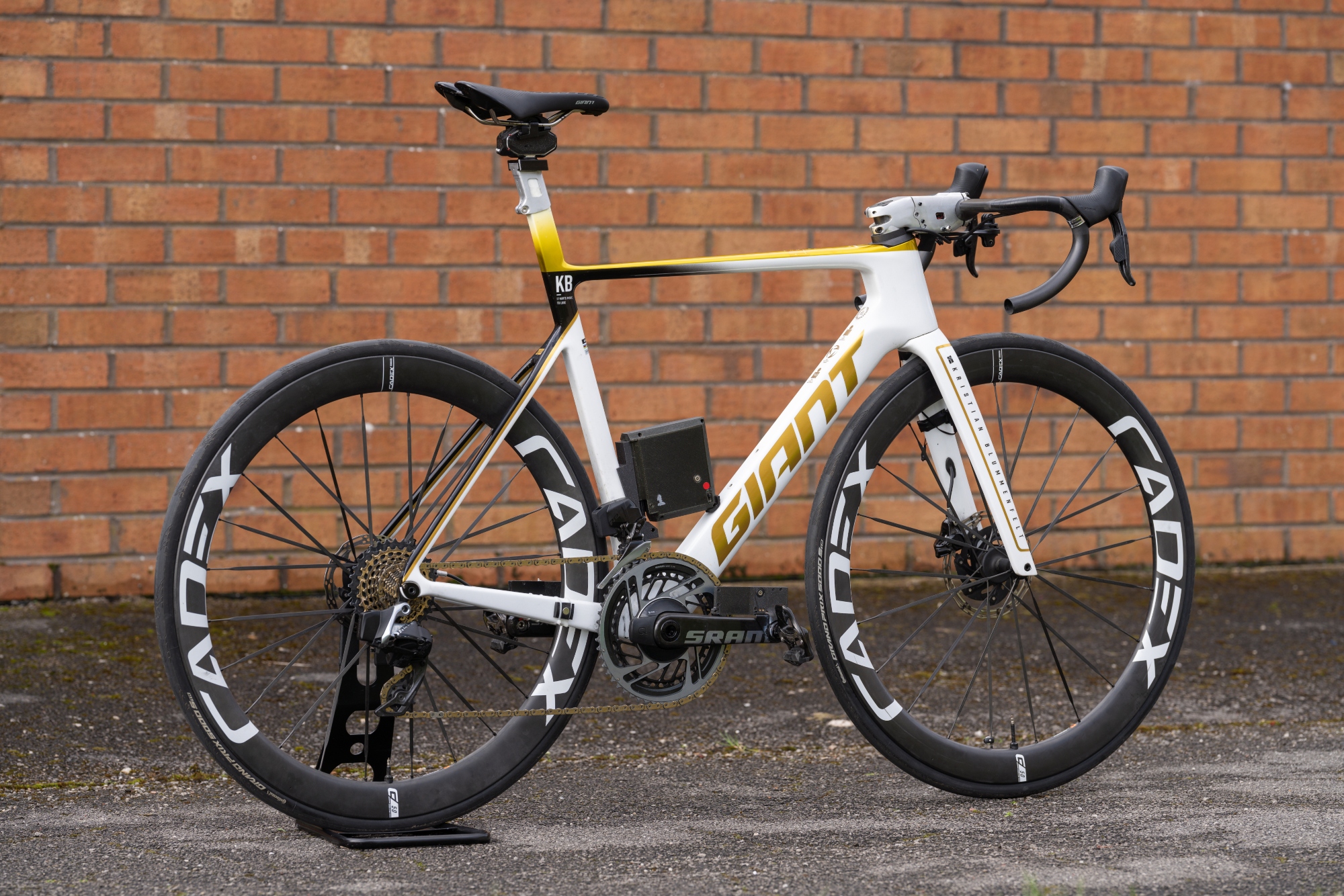
We’ve followed the development of Body Rocket, the world’s ‘first and only’ real-team aerodynamic drag force measurement system, with interest. And now the team has unveiled its first road bike prototype.
Why is this interesting? The system, which uses a number of wireless force sensors situated at the rider contact points alongside an ‘out front’ mounted airspeed sensor, was initially focussed on time trial and long-distance triathlon disciplines - and built around the requisite TT bikes. Now it’s working with one of its partner athletes, reigning Olympic triathlon champion, Kristian Blummenfelt, ahead of the Paris Games this summer.
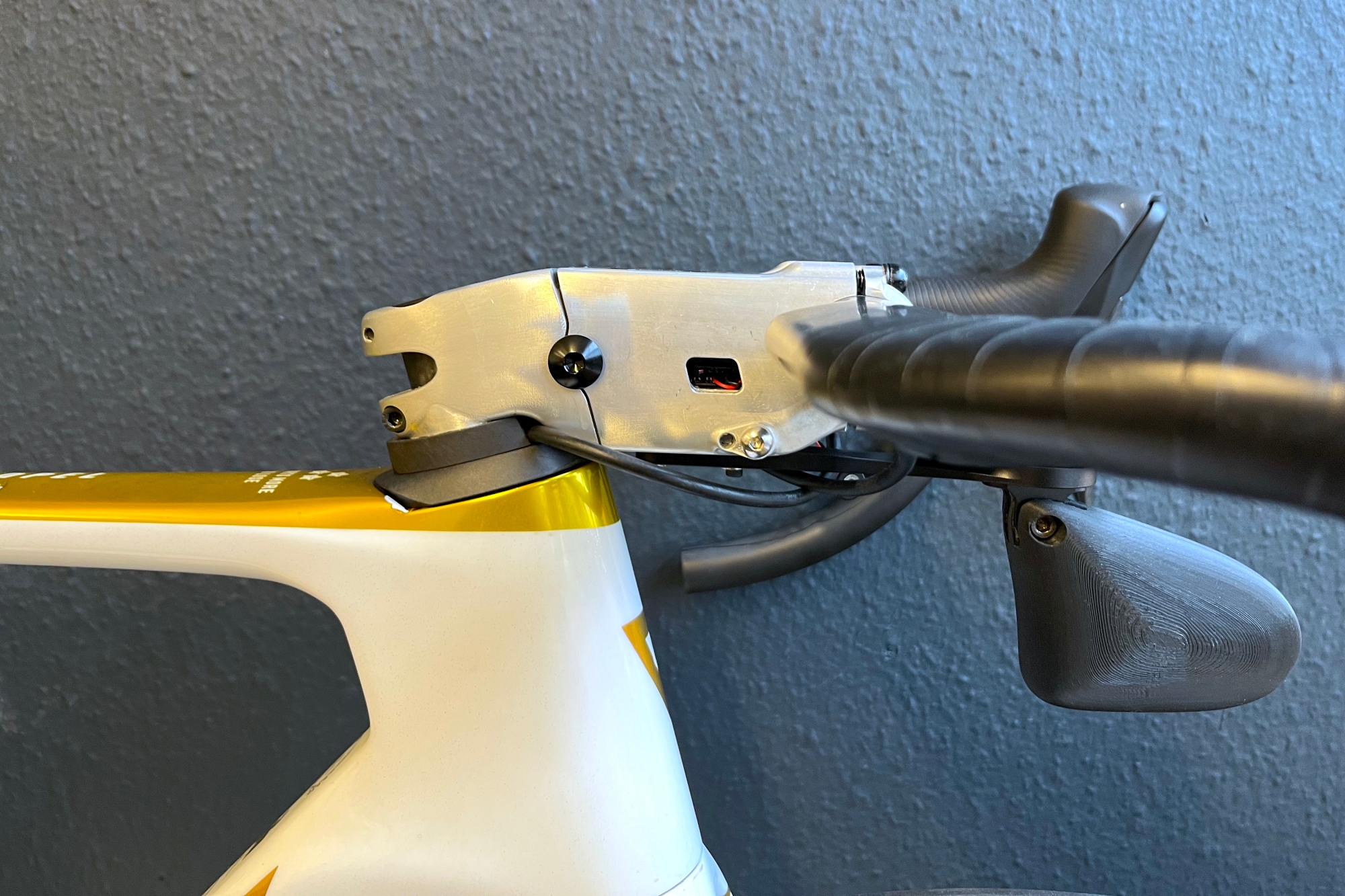
Given that road bikes are used in the Olympic triathlon, Body Rocket have equipped Blummenfelt’s Giant Propel with a new system, allowing him to enjoy many hours of ‘training to aero’ ahead of the Olympics, without the expense and disruption of wind tunnel testing. It features a custom prototype stem that Body Rocket says contains the same tech as its TT aerobar sensor. The new system also features a sensor that’s compatible with the Propel integrated seatpost and the company’s latest airspeed sensor. The pedals sensors and bottle cage-mounted receiver box stay the same.
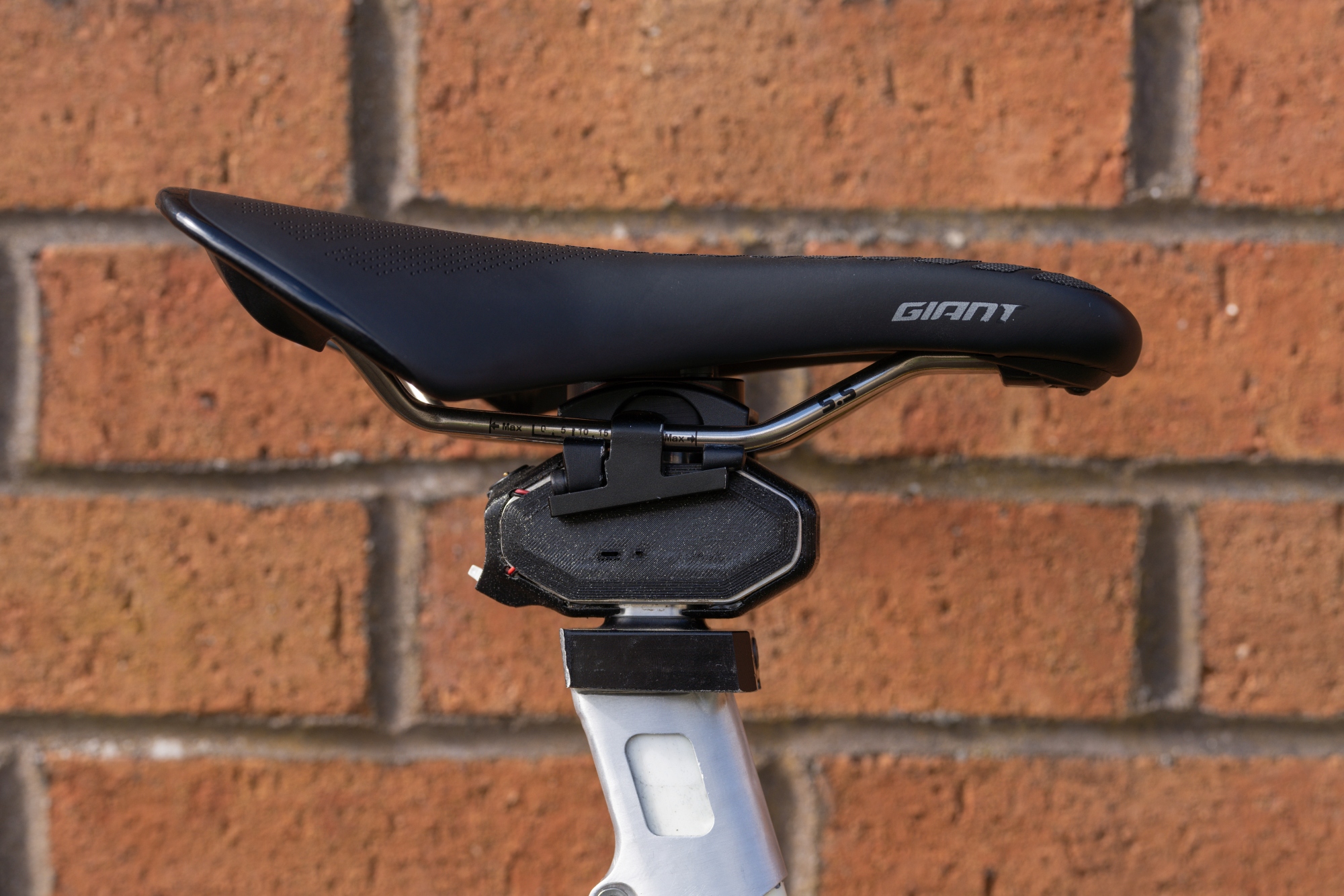
Body Rocket Founder Eric DeGolier says that designing a road bike system was always the plan and that newer UCI rule changes impacting a rider’s aerodynamics have made it more relevant than ever.
“With the recent changes to handlebar and brake lever rules, and the new narrow bars made to address it, there is a lot to learn,” he says “and with this new prototype, nobody will have as much time to learn as Kristian.”
Core's body temperature sensor
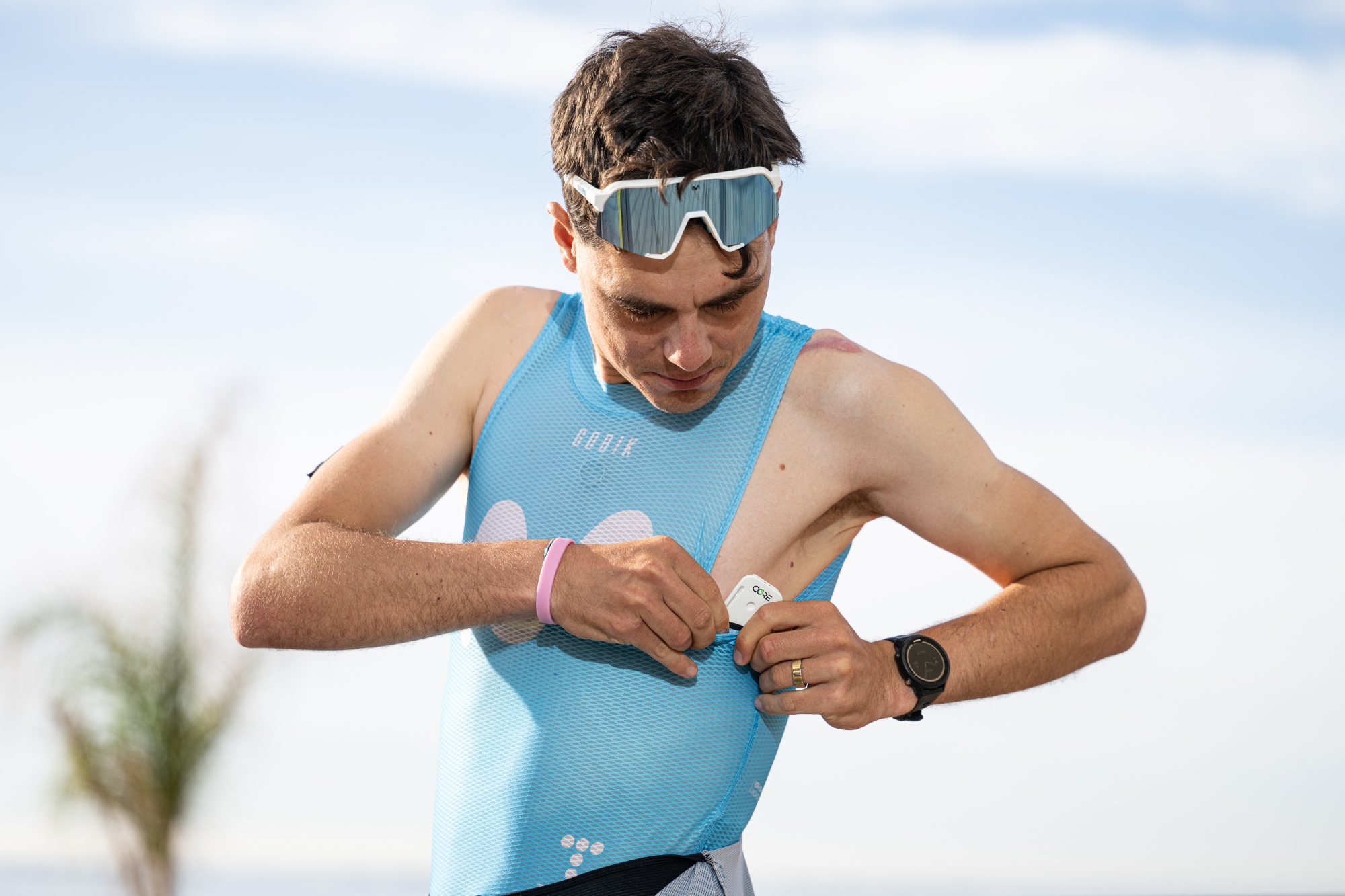
It’s safe to say that WorldTour teams tend to leave no stone unturned in the pursuit of gains and glory. Evidence of this is found in the widespread use of Core’s body temperature sensors. The brand has just announced official partnerships with 10 teams, including BORA - hansgrohe, Soudal-Quickstep and Movistar, as well issuing an additional 150 sensors to UCI riders. It estimates that some two-thirds of the pro peloton are using the sensors, which just strap to the riders chest, to help them better understand how their bodies respond to heat.
So what does this wearable do? According to Core it “provides users with real-time data by measuring core body temperature, skin temperature, heat strain index, and heat strain score”.
The data is then used by teams to develop strategies to how best cope with the effects of heat during racing. Core also provides its own analysis for the teams, providing what it describes as ‘round-the-clock’ feedback and recommendations throughout the season; one such product of this collaboration is the team’s testing of the thermoregulation properties of the rider’s clothing.
Core also stresses that the sensor and app are also beneficial for “non-professional athletes who simply want to understand how their body reacts to thermal stress and how to improve their sporting performance”. A sensor and chest strap will set you back just under £250 or just over $300.







